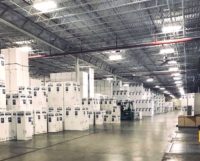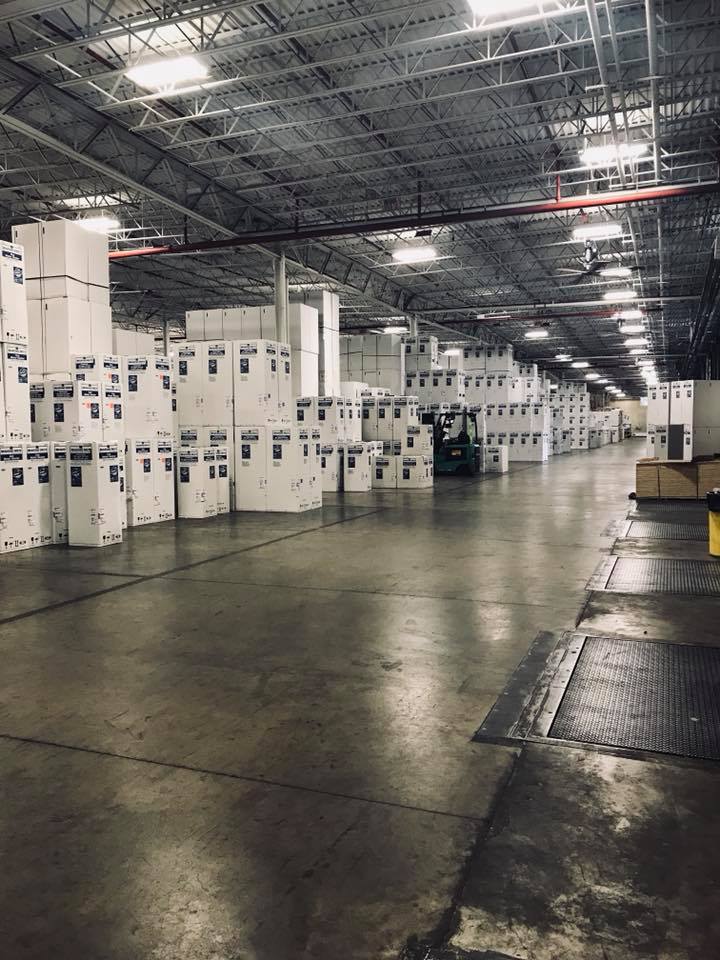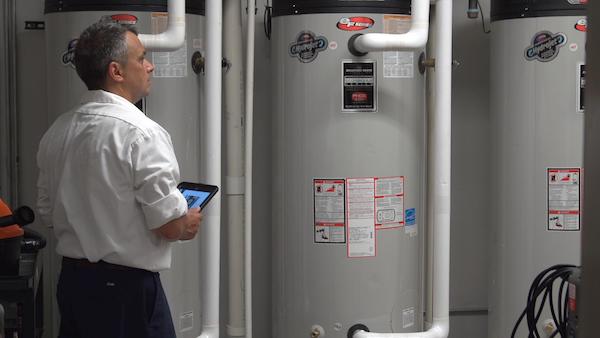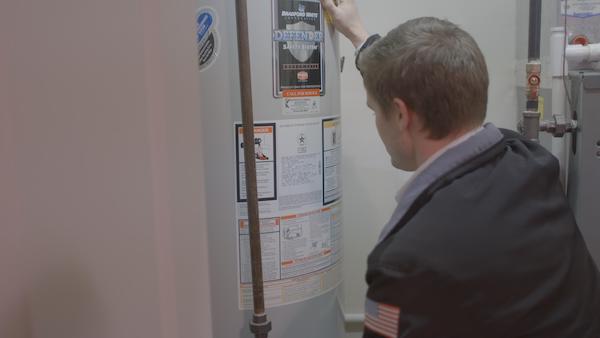We recently asked some of the major players in the phvac markets to give us their feel of how the economy, supply chain, etc. plays out for 2022. We caught up with Bradford White’s Bruce Carnevale, president and CEO, and here are his thoughts on the rest of the year and beyond. MH: We’ve all experienced Read more
Plumbing Industry Forecast

 We recently asked some of the major players in the phvac markets to give us their feel of how the economy, supply chain, etc. plays out for 2022. We caught up with Bradford White’s Bruce Carnevale, president and CEO, and here are his thoughts on the rest of the year and beyond.
We recently asked some of the major players in the phvac markets to give us their feel of how the economy, supply chain, etc. plays out for 2022. We caught up with Bradford White’s Bruce Carnevale, president and CEO, and here are his thoughts on the rest of the year and beyond.
MH: We’ve all experienced supply chain shortages, whether it’s industry related or things such as computer chips, plastics, bacon, etc., for example. Do you project a turnaround soon or within the next 6-12 months for certain materials that relate to your specific company?
Carnevale: While the supply chain issues for some materials and components is improving, for others it’s actually getting worse. In the aggregate, I think that supply chain issues will continue to impact our business for most of 2022, and for some components, into 2023.
MH: We are in the midst of some of the highest inflation rates since the early ‘80s. Do you think that higher inflation becomes a “newer normal”? Explain.
Carnevale: No. Inflation is somewhat of a self-correcting problem. One of the many economic indicators we follow is the consumer savings rate, which was at an all-time high during the peak of COVID. It is now back to normal levels, so at some point, prices increase to the point where consumers are no longer willing or able to pay the higher prices. Demand then falls, and that puts downward pressure on prices. This will go back through the supply chain from the consumer to commodities suppliers, and I expect we will see deflation on some products driven by lower material costs. There will, however, be a “new normal” for prices because of increased labor costs. Those costs are very unlikely to adjust downward, and therefore even when commodities adjust, the total costs will still be higher than pre-COVID.
MH: In general, how do you see the economy short-term? Give a few examples of how you draw that conclusion (housing starts, commercial construction, etc.).
Carnevale: I have concerns about the macro-economy for 2022 and 2023 and have had concerns since the beginning of 2021. I don’t see how we can’t have a significant slowdown in the economy with all of the headwinds we are facing: Inflation, rising interest rates, energy prices, labor shortages, global instability, the politics of a mid-term election year, etc. I see the slowdown taking hold going into the second half of 2022.
MH: Where are you seeing signs of positivity, if any?
Carnevale: Clearly COVID cases are falling, and hospitalizations and deaths are significantly lower with Omicron vs. previous variants. There is hope that we are nearing the end of the pandemic phase and entering the endemic phase.

MH: How do you as manufacturers work with customers who are dealing with longer lead times and/or higher prices? Is it a matter of open lines of communication?
Carnevale: Each manufacturer deals with it differently. Our team has communicated very openly with customers when issues arise, or even when we expect issues to arise so that our customers can have the most time and information to make appropriate adjustments in their operations. So, yes, transparent communication is the best way to deal with rapidly changing conditions.
MH: It seems that in today’s employment landscape, it’s hard to find good labor, whether it’s truck drivers, waiters at restaurants, etc. In our industry, how do we continue the fight to highlight the trades as a great career choice?
Carnevale: Very true. The restaurant where I had lunch this afternoon had a sign on their entrance door that read: “Every business is short on labor. Please be kind to those who showed up to work!” That really sums up the current labor environment.

As everyone in our industry knows, the labor shortage was our biggest challenge before COVID, and it will continue to be post-COVID. There are many industry initiatives working to position the trades as a great career choice, and many companies in our industry are working diligently to promote the trades as well. I still believe what we are missing is a well-funded, well-coordinated public/private message with a big voice and a clear message that would connect with younger audiences. While we continue to work towards that, Bradford White will continue our initiatives, and 2022 we will be launching an entirely new foundation designed to promote our industry and attract new people.
MH: In spite of COVID, people must move on. How has your company evolved—or continued to march forward—over the past two years, and talk about any new initiatives, expansions, etc.
You’re right, organizations and individuals must move on. We have found that it is very helpful to shorten the time horizon for goals and objectives, otherwise you can really get bogged down by all the negative things happening all around you. So, whereas you might have had the monthly or quarterly goals, now you have to look at them weekly, or even daily. That doesn’t mean that you don’t still have long term, strategic goals, but rather that you shift more of your focus to just getting through each day or week.
From a business philosophy perspective, we, and I think most organizations are looking at supply chain improvements and diversification. I think some of the important trends will be shortening supply chains by working with suppliers closer to manufacturing operations and reviewing the risks of just-in-time inventory models versus the overall value.
